Steps Toward Creating a More Accessible and Inclusive College Classroom
Faculty Focus
MAY 18, 2025
Avoid negative descriptions of disability (ex: suffers from a condition, confined/bound to a wheelchair). Examine course syllabi to make sure policies (late work, absence, participation grades, etc.) Discuss the need to broaden participation and opportunities for people with disabilities in your department/college.

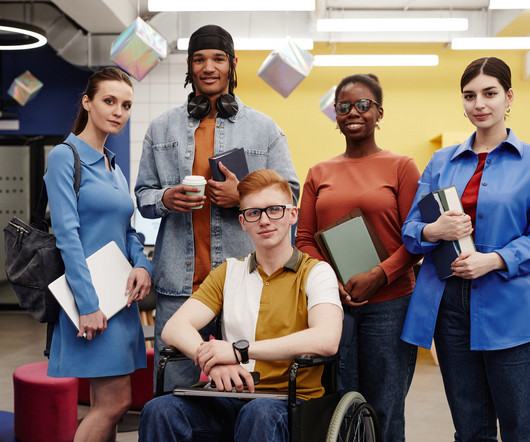
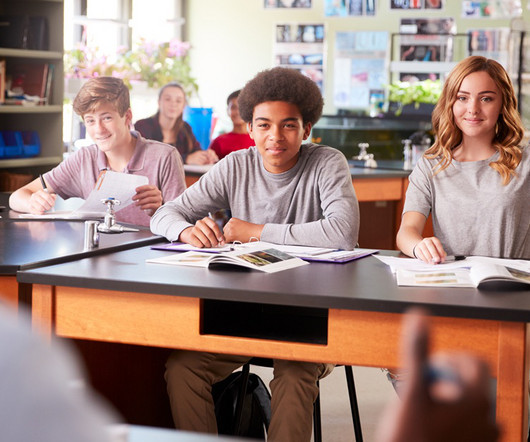



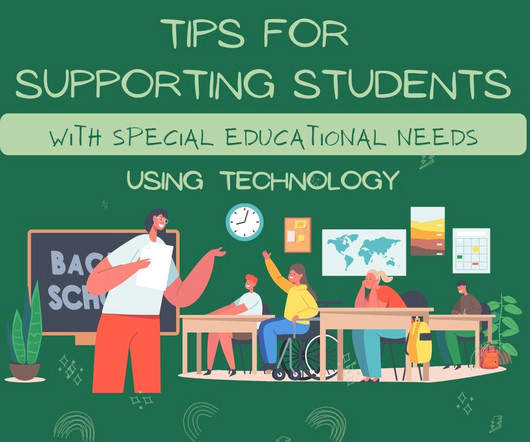




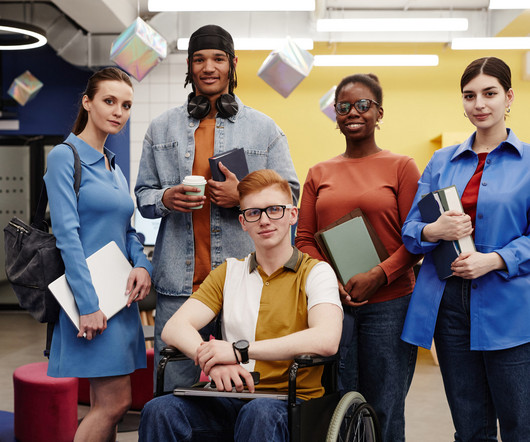
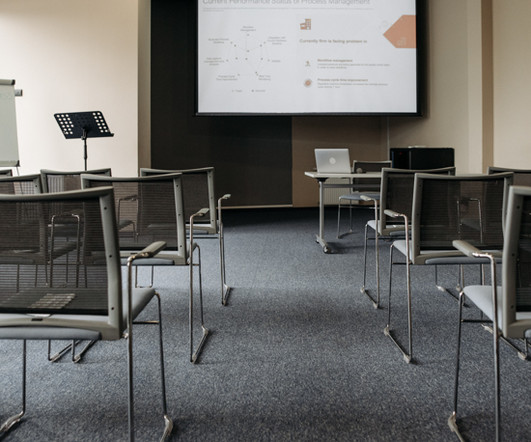
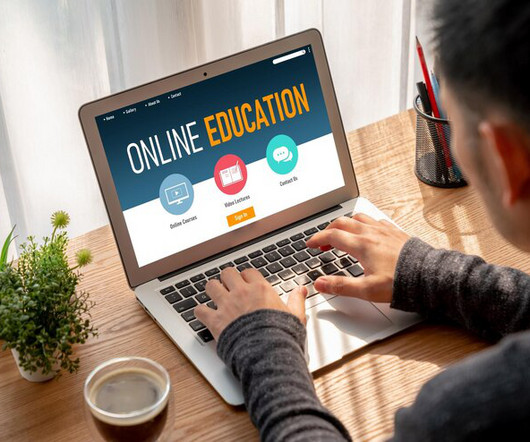








Let's personalize your content